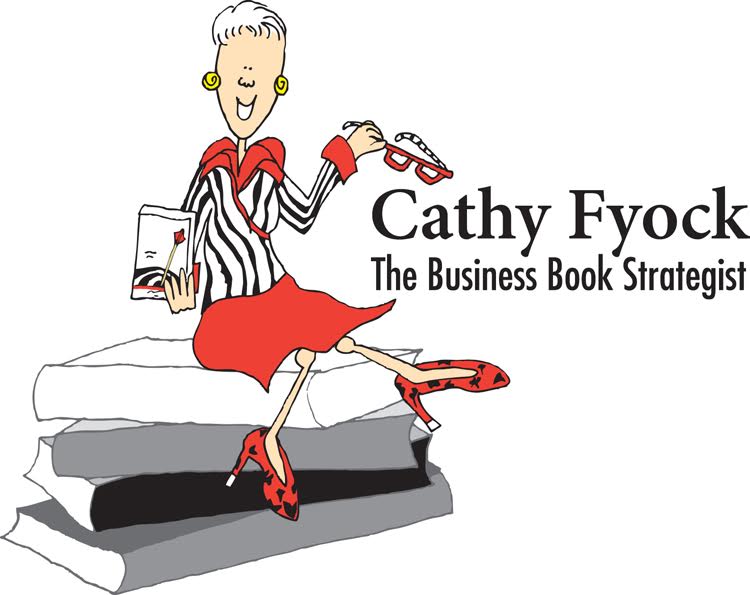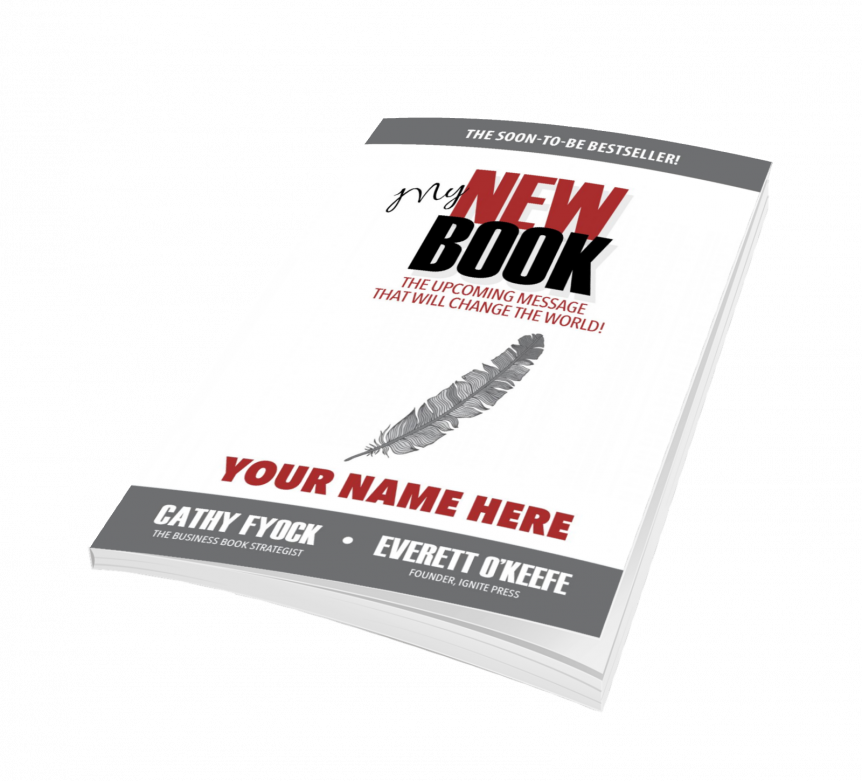You’ve written and published your book. The question every author/entrepreneur should ask: Have I squeezed every drop of value from this project? Is there another way to repurpose the content and deliver additional value to my clients and prospects?
As many of you know, I don’t like to write (which may be surprising coming from an author and book coach); but I do LOVE the benefits of having written, including
- Additional revenue streams from tangential products and services
- A new tool to use for coaching clients
- Curriculum for training sessions, webinars, and master classes
- A professional handout that doubles as marketing material
- Another funnel to expand your reach
For years I have been recommending workbooks as the next product to develop after writing a book to my book coaching clients. But like the infamous cobbler, my children had no proverbial shoes! Yet, I could see the value of having a workbook.
This past year I was revamping my handouts as a tool for my speaking events, and I realized that in the past the nice 17 x 11 (folded) handout I had been using was a real hit. Often, after conducting a training program, new clients came to our first strategy meeting with their dog-eared handout in tow. The folded handout also held their notes and other papers relating to their new book, and even if the training had been months before, they were hanging on to this handout.
Then I got the idea: if I created a book that would be used as a handout, wouldn’t more people hang on to that valuable document (complete with my name and contact information along with their notes and writing exercises)? Within a few short months I created My New Book with publishing partner Everett O’Keefe, the workbook that is branded to accompany my books on writing and serve as a wonderful calling card for future book coaching clients (and possible speaking engagements).
The interesting thing about my workbook is that it didn’t get published until seven years after my first book on writing, yet it is serving me and my clients and prospects in exciting ways.
How to develop
So you’ve got the content from your book. How do you best develop your workbook in a quick and easy way?
Start with the exercises, questions, and activities that appear in your book. When Dr. Clare Beidenharn was developing her first workbook that would accompany her best-selling book, Clare followed Amy Waninger’s advice to do a search for every question mark and copying and pasting these questions into the new document.
Consider exercises you already use when you provide training or deliver your content. After years of providing workshops on writing, I’ve learned that my two-minute writing exercises are powerful for developing content. In fact, Kathy Koultourides found that our group writing prompts created the foundation for a large percentage of her book.
Consider: check lists, templates, fill in the blanks, case studies, and other supplemental materials you use with clients and in training programs. All of these could become components of your workbook.
Add enough narrative so that the workbook can stand on its own and be sold together or separately. In a training session, you likely provide some examples before sending attendees off to work an exercise. Likewise, set the stage and give enough content and instruction for the workbook to be useful as a stand-alone product.
If you’ve been smart and included landing pages and downloadable materials in your book, this can be expanded to a workbook. Don’t worry that this material may have been free of charge earlier; by offering it as one concise product you are offering value that readers would gladly pay for.
You’ve Developed the Workbook, Now What?
It’s time to begin the launch of your new product. Consider all the activities you used to promote your book, and replicate these efforts with your workbook (just as you would with an audio book or other product).
Brand the workbook to be a companion piece for your book or course so it looks like it should be purchased as a set. In my workbook, I used similar cover art and branding as my book, The Speaker Author.
Get testimonials and reviews. Begin with your current client base and those who are already readers and followers. Be sure to announce the availability of your workbook in your newsletter and social media posts.
For those of you who already have a copy of My New Book, I’d love an Amazon review.
You’ve worked hard to develop and publish your book; now, make sure you’re getting all the value you can from this chunk of intellectual property by creating a workbook!

